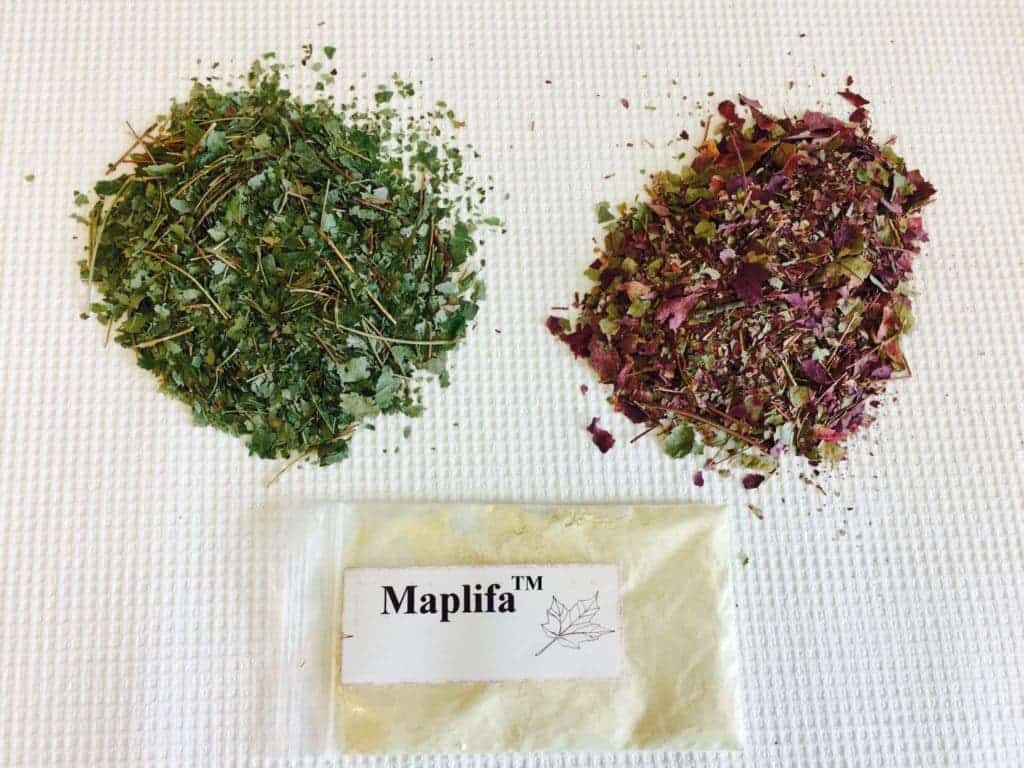
Maple trees are famous for their sweet sap out of which American farmers make syrup. But it seems that the iconic tree’s leaves are also useful for skincare. Reporting their findings at the 256th National Meeting & Exposition of the American Chemical Society (ACS), scientists claim that a maple leaf extract may slow down the skin’s aging process and prevent wrinkles.
Maple leaf botox
The maple tree was of particular importance to the Algonquian tribes of the northwestern United States and western Canada. These Native American people became very apt at turning sap into maple sugar, maple syrup, and taffy candy, but also incorporated maple bark and leaves into their traditional medicine. For these reasons, the maple leaf symbol was an important design motif in Algonquian beadwork.
Researchers at the University of Rhode Island were inspired by Native American herbal medicine to study the properties of maple more closely. Previously, the team led by Navindra Seeram had studied the health benefits of sap and syrup extracted from the sugar maple (Acer saccharum) and red maple trees (Acer rubrum). In their latest study, the scientists zeroed in on chemicals found in the leaves of the maple trees.
As we age, the skin loses its elasticity because an enzyme called elastase breaks down elastin proteins. Along with the loss of collagen and glycosaminoglycans or GAGs (which keep the skin hydrated), elastin breakdown leads to wrinkles.
Maple leaves contain phenolic compounds called glucitol-core-containing gallotannins (GCGs), some of which that seem capable of inhibiting elastase activity in test tube experiments. The researchers found that GCGs containing multiple galloyl groups (a type of phenolic group) were more effective than those with a single galloyl group.
The same GCGs also protect the skin from inflammation and lighten dark spots (unwanted freckles or age spots), the research team showed in previous work.
Together, these properties suggest that maple leaf extract could be turned into an anti-aging product. The researchers liken the product to a plant-based Botox, although it would be a topical application instead of an injection. And unlike Botox, the maple extract would be completely natural, which consumers appreciate in growing numbers.
Seeram and colleagues have already developed a patent-pending formulation, which they named MaplifaTM, and hope to find a market for it as soon as possible. If proven lucrative, a maple skincare product could provide a much-needed boost to local farmers who currently exploit only the sap from maple trees.
“If these products come to fruition, the team’s findings could benefit the local economy. “Many botanical ingredients traditionally come from China, India and the Mediterranean, but the sugar maple and the red maple only grow in eastern North America,” Seeram says.
Was this helpful?



